Health and Wellness Trends
The growing emphasis on health and wellness is significantly influencing the Hydration Backpack Market. As individuals become more health-conscious, the need for proper hydration during physical activities has gained prominence. This trend is reflected in the increasing sales of hydration products, with the market projected to grow at a compound annual growth rate of around 6% over the next few years. Consumers are increasingly aware of the benefits of staying hydrated, particularly during exercise, which drives the demand for hydration backpacks. These products not only provide a practical solution for carrying water but also align with the lifestyle choices of health-oriented individuals. The integration of features such as insulated compartments and ergonomic designs further enhances their appeal, making them a preferred choice for those committed to maintaining an active and healthy lifestyle.
Increased Urbanization and Commuting
The trend of increased urbanization is contributing to the growth of the Hydration Backpack Market. As more individuals reside in urban areas, the need for convenient hydration solutions during daily commutes becomes apparent. Hydration backpacks offer a practical way to stay hydrated while navigating busy city life, appealing to commuters who prioritize convenience. Market data indicates that urban populations are projected to grow, leading to a higher demand for products that cater to this demographic. Furthermore, the integration of hydration backpacks into urban lifestyles aligns with the increasing focus on health and wellness, as individuals seek to maintain hydration levels throughout their day. This convergence of urban living and health consciousness is likely to drive the market forward, as consumers look for innovative solutions that fit seamlessly into their daily routines.
Rising Outdoor Activities Participation
The increasing participation in outdoor activities such as hiking, cycling, and running is a primary driver for the Hydration Backpack Market. As more individuals engage in these activities, the demand for convenient hydration solutions rises. According to recent data, the outdoor recreation sector has seen a growth rate of approximately 5% annually, indicating a robust interest in outdoor pursuits. This trend suggests that consumers are seeking products that enhance their experience, and hydration backpacks serve this purpose effectively. The ability to carry water hands-free while engaging in physical activities is appealing to many, thus propelling the market forward. Furthermore, as awareness of the importance of hydration during exercise grows, the market for hydration backpacks is likely to expand, catering to a diverse range of consumers who prioritize both functionality and convenience.
Environmental Awareness and Sustainability
The heightened awareness of environmental issues is influencing consumer preferences within the Hydration Backpack Market. As sustainability becomes a priority for many, consumers are increasingly seeking eco-friendly products. Hydration backpacks made from recycled materials or designed for long-term use are gaining traction, as they align with the values of environmentally conscious individuals. Market Research Future suggests that products emphasizing sustainability can command a premium price, indicating a willingness among consumers to invest in eco-friendly options. This trend is further supported by the growing number of brands committing to sustainable practices, which enhances their appeal in a competitive market. As the demand for sustainable outdoor gear continues to rise, the hydration backpack segment is likely to benefit, attracting consumers who prioritize both functionality and environmental responsibility.
Technological Advancements in Product Design
Technological advancements play a crucial role in shaping the Hydration Backpack Market. Innovations in materials and design have led to the development of lighter, more durable, and more efficient hydration solutions. For instance, the introduction of advanced hydration systems, such as quick-release valves and integrated filtration systems, enhances user experience and convenience. Market data indicates that products incorporating these technologies are witnessing higher sales, as consumers increasingly seek out features that improve functionality. Additionally, the rise of smart hydration backpacks, equipped with sensors to monitor fluid intake, reflects a growing trend towards integrating technology into outdoor gear. This evolution not only attracts tech-savvy consumers but also positions hydration backpacks as essential tools for modern outdoor enthusiasts, thereby driving market growth.



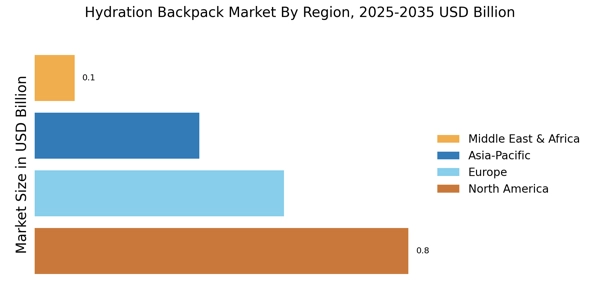
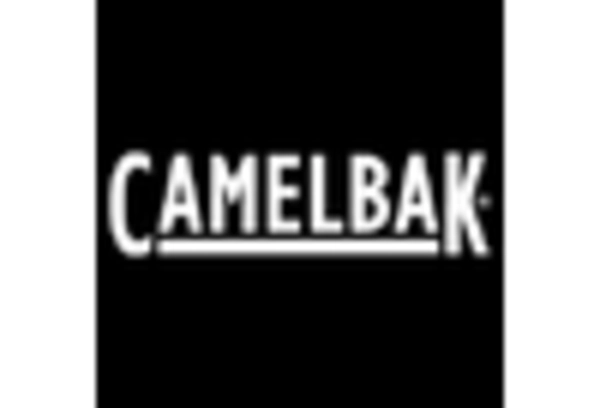
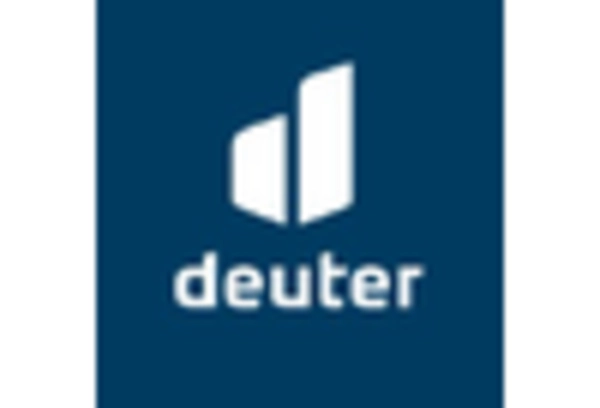
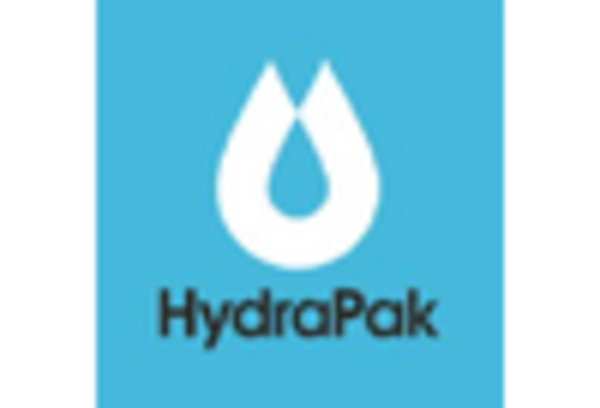
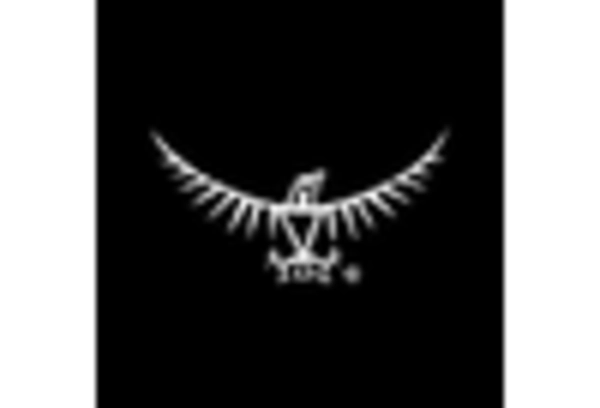
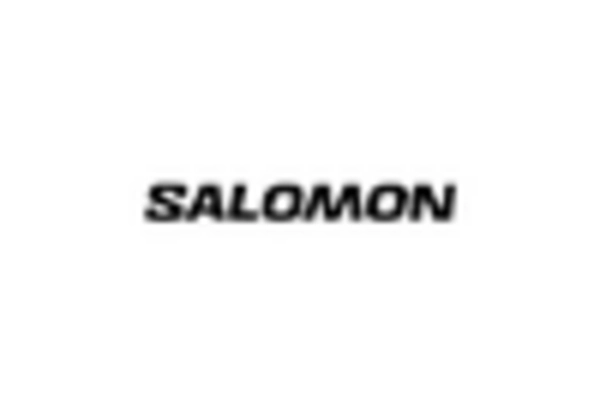
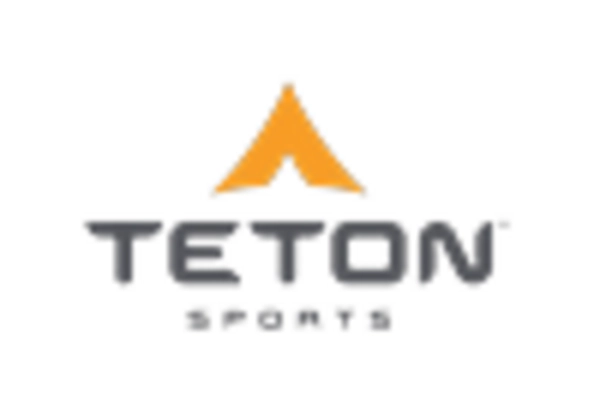








Leave a Comment